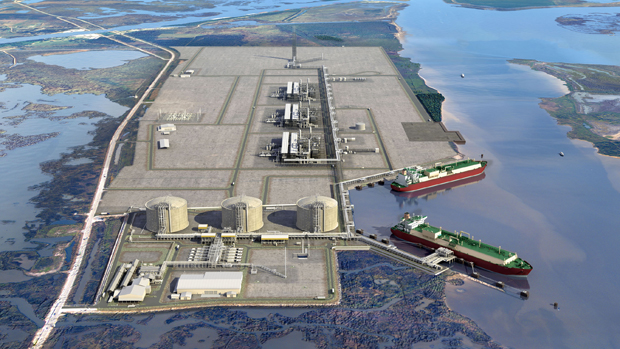Summary
As winter gets under way in the northern hemisphere, some support for prices has been seen in Asia, Europe and North America, but prices remain weak for the time of year.
Forecast highlights
- Asian spot LNG prices are expected to receive little support over the next few weeks. Although further sustained drops may be avoided, prices will likely remain subdued. The spot price was around $7.4/MMBtu as of mid-November.
- The NBP day-ahead has fallen to around 35 p/th and will struggle to rise substantially over the next few weeks. Warm weather will suppress demand and strong supplies, including LNG imports, will continue to pressure prices.
- The Henry Hub front-month futures price will receive some support when the gas withdrawal season starts. However, ample gas stocks in the US and Canada will cap price gains in the coming months.
- Canada’s East-West spread (the difference between the Dawn and AECO hub prices) is expected to widen during the winter. Healthy gas supplies from the US caused the Dawn price to dip below the AECO price in November. The Dawn price is expected to move above the AECO price once the withdrawal season gets under way.
- There will be limited upside to the average spot LNG price in Latin America over the next few months, and it is unlikely to go above $10/MMBtu during the southern hemisphere summer. Weakening demand for the fuel from Brazil and Mexico will remain a bearish factor for the price.
- Qatari LNG exports to the UK’s South Hook terminal are expected to remain high in the coming months despite higher netbacks from Northeast Asia. Qatar Petroleum’s controlling stake in the South Hook terminal, together with lacklustre demand for the fuel in Asia, will support this trend.
- Brent and WTI crude futures are expected to remain under pressure as OPEC is unlikely to change its position on defending its market share after its scheduled 4 December meeting. The economic woes of key consumers will also weigh on oil prices.



